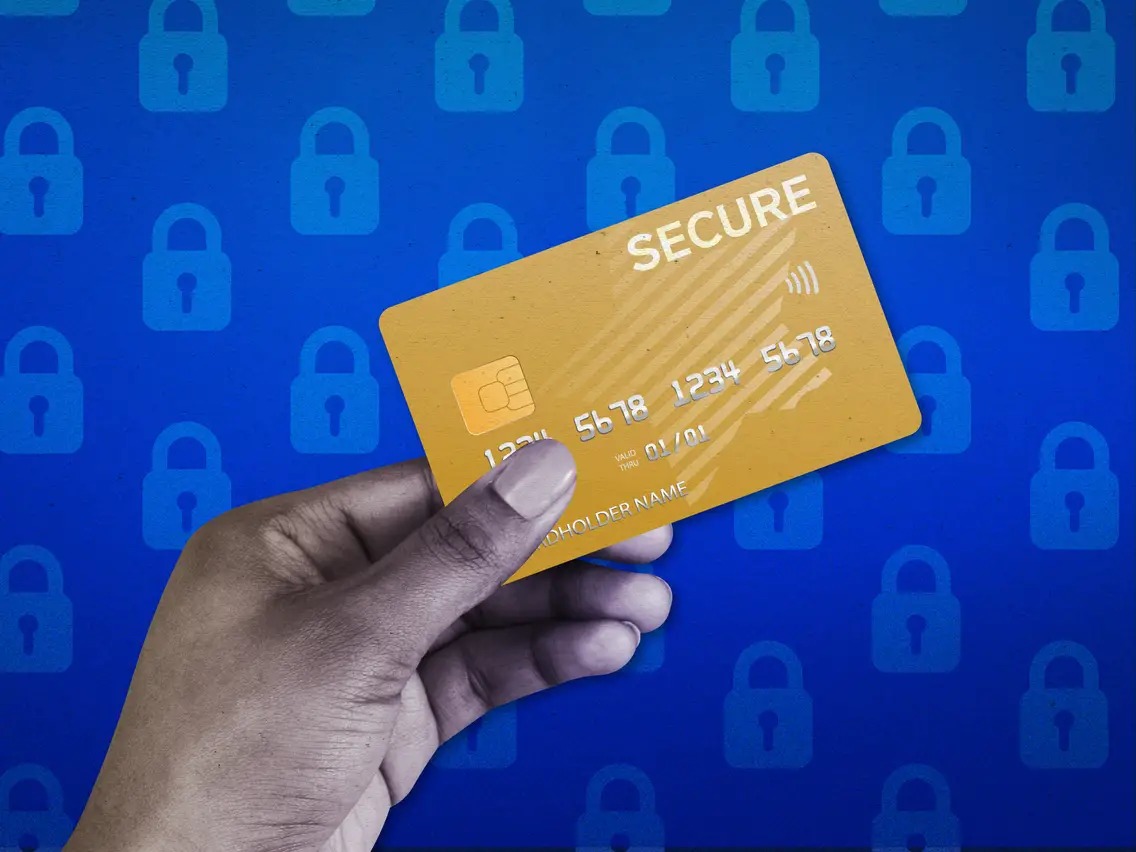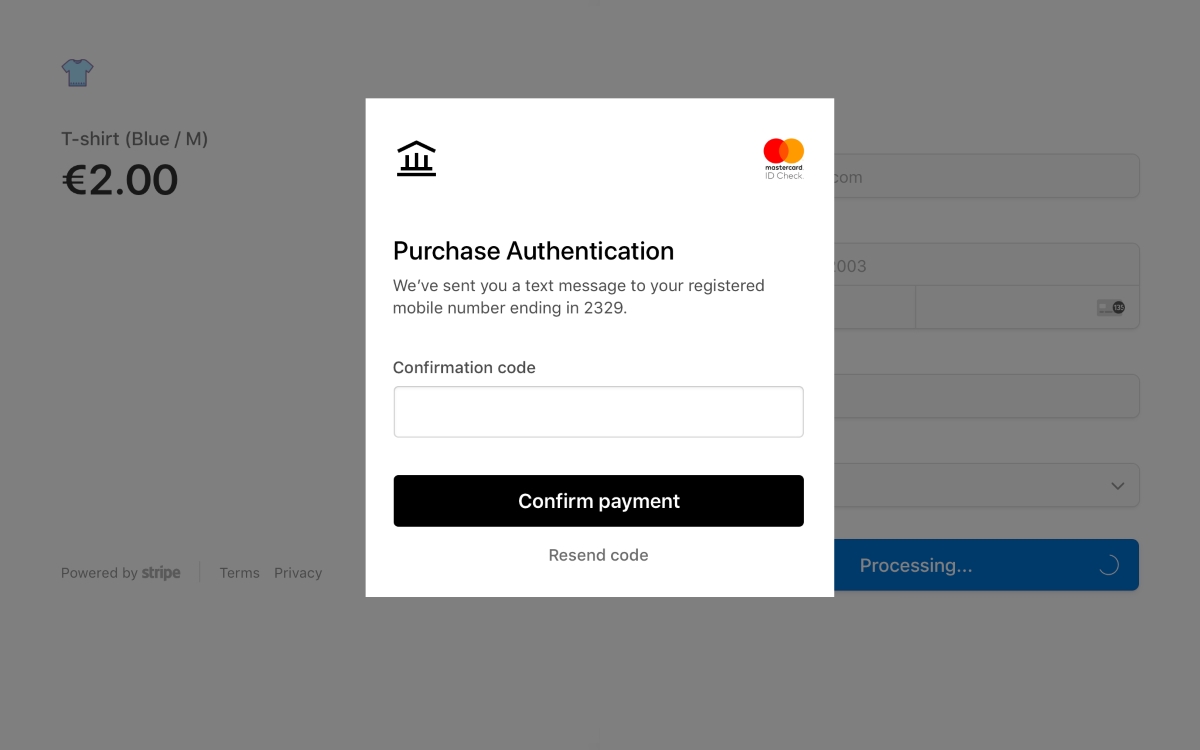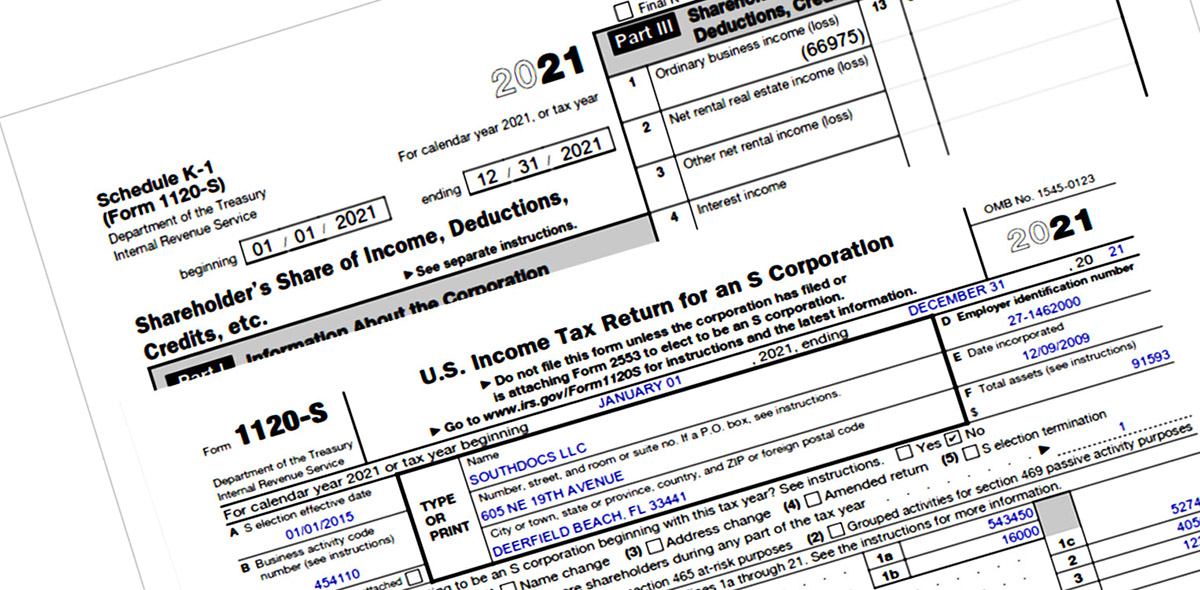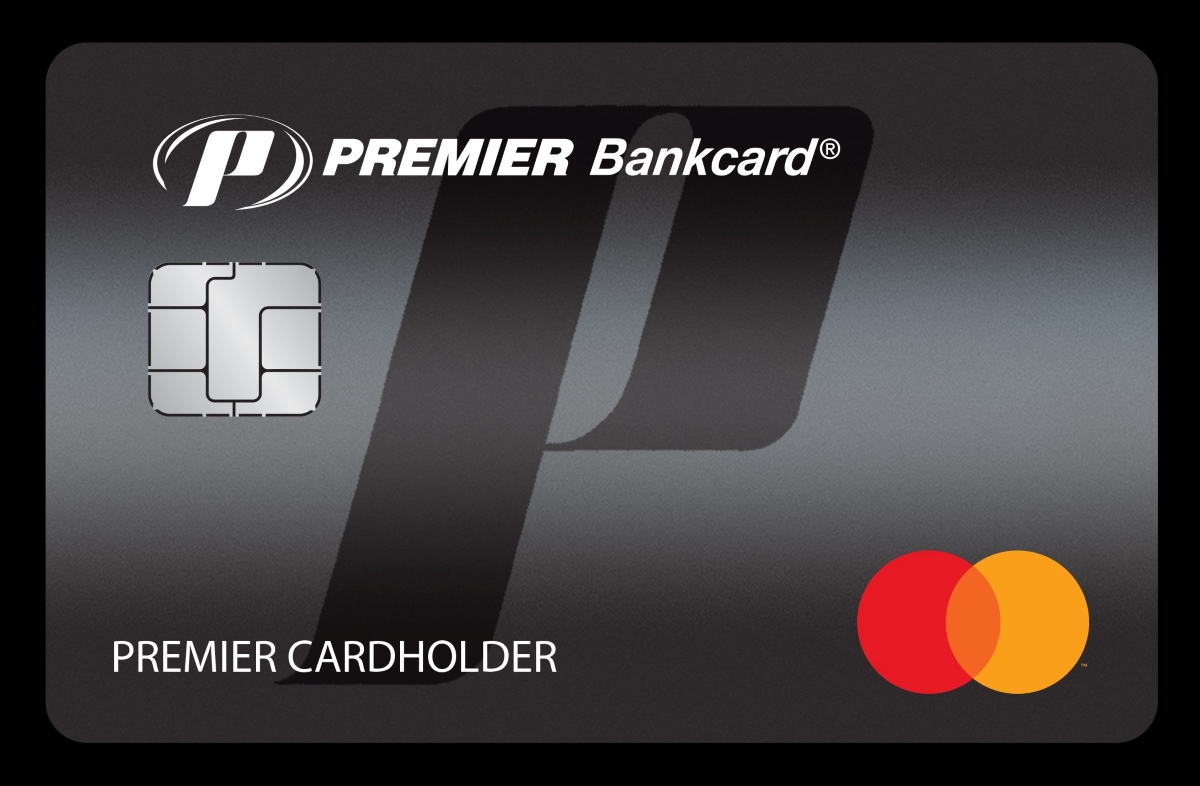Home>Finance>At What Age Can A Teenager Obtain A Secured Card?


Finance
At What Age Can A Teenager Obtain A Secured Card?
Published: March 1, 2024
"Discover the age requirements for teenagers to apply for a secured card and help them build a strong financial foundation. Learn more about finance options for young adults."
(Many of the links in this article redirect to a specific reviewed product. Your purchase of these products through affiliate links helps to generate commission for LiveWell, at no extra cost. Learn more)
Table of Contents
**
Introduction
**
Obtaining a credit card is a significant milestone in a person’s financial journey, marking the beginning of their credit history. For teenagers, this step can be both exciting and daunting, as it represents newfound financial independence and responsibility. While traditional credit cards may be out of reach for teenagers due to age and limited credit history, secured credit cards offer a viable alternative. Understanding the eligibility criteria and age requirements for secured cards is crucial for teenagers and their parents as they navigate the world of personal finance.
In this comprehensive guide, we will delve into the intricacies of secured credit cards and explore the age at which teenagers can obtain these valuable financial tools. By shedding light on the benefits and considerations associated with secured cards for teenagers, we aim to equip young individuals with the knowledge needed to make informed financial decisions. Moreover, we will provide practical tips for teenagers who are considering applying for secured credit cards, empowering them to build a strong foundation for their financial future.
Understanding Secured Cards
Secured credit cards function as a bridge to traditional unsecured credit cards, offering individuals with limited or damaged credit histories an opportunity to build or rebuild their credit. Unlike unsecured cards that are issued based on the cardholder’s creditworthiness, secured cards require a cash deposit as collateral, which typically determines the card’s credit limit. This deposit mitigates the risk for the card issuer, making secured cards more accessible to individuals with minimal credit history or a low credit score.
When a cardholder uses a secured credit card for purchases, the card issuer reports the activity to the major credit bureaus, thereby contributing to the cardholder’s credit history. Responsible use of a secured card, such as making timely payments and maintaining a low credit utilization ratio, can have a positive impact on the cardholder’s credit score over time. This gradual improvement in creditworthiness can open doors to better financial opportunities, including lower interest rates on loans and access to higher credit limits.
Moreover, secured credit cards function much like traditional credit cards, allowing cardholders to make purchases, pay bills, and build essential financial skills. They are widely accepted by merchants and can be used for online transactions, providing a convenient and versatile payment method. With the fundamental principles of credit utilization and repayment at play, individuals can develop responsible spending habits and gain valuable experience in managing credit.
Eligibility for Secured Cards
Secured credit cards are designed to be accessible to individuals who may not qualify for traditional unsecured credit cards due to limited credit history, a low credit score, or past financial challenges. As such, the eligibility criteria for secured cards are often more lenient, making them an attractive option for those seeking to establish or improve their creditworthiness.
One of the primary requirements for obtaining a secured credit card is the ability to provide a cash deposit as collateral. This deposit serves as security for the card issuer and is typically equal to the card’s credit limit. By requiring this deposit, issuers can extend credit to individuals who may pose a higher risk without sufficient credit history. Additionally, the deposit reduces the issuer’s potential losses in the event of non-payment, making secured cards a relatively low-risk option for financial institutions.
Beyond the deposit, the eligibility criteria for secured credit cards may vary among issuers. While some institutions may have minimum income requirements, others may be more flexible in their approval process. In general, most secured card issuers do not place strict income thresholds, making secured cards accessible to individuals with varying income levels, including teenagers who may have limited or no income.
Furthermore, credit checks for secured card applications are typically less stringent compared to unsecured cards. This aspect is particularly beneficial for individuals with a limited credit history or a less-than-ideal credit score, as it increases the likelihood of approval. By demonstrating responsible financial behavior with a secured card, cardholders can gradually improve their credit standing, paving the way for future access to unsecured credit and favorable lending terms.
Age Requirements for Secured Cards
When it comes to secured credit cards, age requirements play a crucial role in determining when individuals, including teenagers, can apply for and obtain these financial tools. While the minimum age to apply for a traditional unsecured credit card is typically 18 years old in the United States, secured credit cards offer a pathway for younger individuals to begin building their credit history responsibly.
Many secured card issuers set the minimum age for primary cardholders at 18 years old, aligning with the legal age of adulthood in most jurisdictions. However, some financial institutions may offer secured cards to individuals who are younger, often starting at 16 years old. This flexibility allows teenagers to embark on their credit-building journey earlier, under the guidance of parents or guardians who can act as joint account holders or co-signers.
For teenagers under the age of 18, the option to apply for a secured credit card with a co-signer or joint account holder can be instrumental in establishing responsible credit habits. By leveraging the credit history and financial experience of a parent or guardian, teenagers can benefit from the positive credit reporting associated with their secured card activity, thereby laying a solid foundation for their future financial endeavors.
It’s important to note that while secured cards can be valuable for teenagers in terms of credit building, financial education, and practical money management, responsible guidance from parents or guardians is essential. Teenagers should understand the implications of credit card usage, including the importance of making timely payments, staying within their credit limit, and managing their finances prudently to avoid debt accumulation.
By meeting the age requirements for secured cards and approaching credit card ownership with a sense of responsibility and financial literacy, teenagers can leverage these financial tools to cultivate a positive credit history and gain valuable insights into the world of personal finance.
Benefits of Secured Cards for Teenagers
Secured credit cards offer a range of benefits for teenagers who are embarking on their financial journey and seeking to establish a solid credit foundation. These benefits extend beyond the realm of credit building and can contribute to valuable financial education and responsible money management practices.
1. Credit Building: Secured cards enable teenagers to initiate their credit history, laying the groundwork for future financial endeavors such as obtaining student loans, renting an apartment, or applying for unsecured credit cards. By using a secured card responsibly and making timely payments, teenagers can demonstrate their creditworthiness and improve their credit score over time.
2. Financial Literacy: Owning a secured credit card provides an opportunity for teenagers to learn about essential financial concepts, including budgeting, interest rates, credit utilization, and the impact of payment behavior on credit scores. These practical lessons can foster a greater understanding of personal finance and equip teenagers with the knowledge to make informed financial decisions in the future.
3. Practical Money Management: With a secured card, teenagers can gain hands-on experience in managing their finances, tracking their spending, and understanding the implications of credit card usage. By setting and adhering to a budget, monitoring their card activity, and practicing responsible borrowing, teenagers can develop crucial money management skills that will serve them well into adulthood.
4. Emergency Fund: A secured credit card can serve as a financial safety net for teenagers in the event of unexpected expenses or emergencies. Having access to a line of credit can provide peace of mind and a practical solution for handling unforeseen financial needs, offering a sense of security and preparedness.
5. Parental Guidance: Secured cards often allow for parental involvement, with options for joint account ownership or co-signing. This enables parents to provide guidance, oversight, and support as teenagers navigate their first experiences with credit, fostering a sense of responsibility and accountability.
6. Building Trust with Financial Institutions: By demonstrating responsible credit behavior at a young age, teenagers can establish a positive rapport with financial institutions. This can be advantageous when seeking future financial products and services, as a strong credit history and demonstrated financial responsibility can enhance trust and credibility with lenders and other financial entities.
Tips for Teenagers Applying for Secured Cards
As teenagers consider applying for secured credit cards to kickstart their credit journey, several tips can help them navigate the process effectively and make informed decisions about their financial well-being.
1. Research and Compare: Encourage teenagers to research and compare various secured card offers from reputable financial institutions. Factors to consider include annual fees, interest rates, credit reporting policies, and the potential for transitioning to an unsecured card in the future.
2. Understand the Terms: It’s essential for teenagers to carefully review the terms and conditions of each secured card offer. This includes understanding the deposit requirements, credit limit determinants, any associated fees, and the implications of late payments or default.
3. Establish a Budget: Before obtaining a secured card, teenagers should establish a budget that aligns with their financial resources and goals. Emphasize the importance of using the secured card responsibly, staying within the budget, and making timely payments to build a positive credit history.
4. Practice Responsible Credit Use: Educate teenagers about responsible credit card usage, including the significance of paying the balance in full or making more than the minimum payment each month. Emphasize the impact of credit utilization on their credit score and the long-term benefits of prudent financial behavior.
5. Monitor Card Activity: Encourage teenagers to monitor their secured card activity regularly, keeping track of their purchases, payments, and available credit. This habit fosters awareness of their financial standing and helps identify any unauthorized transactions or errors promptly.
6. Leverage Parental Involvement: For teenagers under 18, consider exploring secured card options that allow for parental involvement through joint account ownership or co-signing. This can provide additional guidance and oversight as teenagers begin their credit journey.
7. Emphasize Financial Education: Prioritize financial education by discussing the fundamentals of credit, interest rates, and the importance of maintaining good credit habits. Encourage teenagers to seek out resources that can enhance their financial literacy and empower them to make informed financial decisions.
8. Plan for the Future: Encourage teenagers to view their secured card as a stepping stone toward building a strong credit history. Discuss the potential for transitioning to an unsecured card in the future and the benefits of maintaining responsible credit habits for long-term financial success.
By following these tips and approaching the process of obtaining a secured credit card with diligence and financial awareness, teenagers can lay a solid groundwork for their credit journey and develop essential money management skills that will serve them well into adulthood.
Conclusion
Secured credit cards serve as invaluable tools for teenagers seeking to embark on their financial journey and establish a robust credit history. By offering a pathway to responsible credit use and financial independence, secured cards empower teenagers to develop essential money management skills and gain practical insights into the world of personal finance.
Understanding the eligibility criteria and age requirements for secured cards is pivotal for teenagers and their parents as they navigate the realm of credit building. With the flexibility of some secured card issuers in extending these financial tools to individuals as young as 16, teenagers can initiate their credit journey earlier, under the guidance of supportive adults.
Moreover, the benefits of secured cards for teenagers extend beyond credit building, encompassing financial literacy, practical money management, and the opportunity to cultivate a positive relationship with financial institutions. These benefits, coupled with parental guidance and a commitment to responsible credit use, can position teenagers for long-term financial success and stability.
As teenagers consider applying for secured credit cards, it’s essential for them to approach the process with diligence, research, and an understanding of the responsibilities associated with credit card ownership. By leveraging parental involvement, practicing responsible credit use, and prioritizing financial education, teenagers can maximize the benefits of secured cards and lay a strong foundation for their financial future.
Ultimately, secured credit cards offer teenagers a gateway to financial empowerment, equipping them with the tools and knowledge needed to navigate the complexities of credit, build a positive credit history, and cultivate lifelong money management skills. By embracing these opportunities and approaching credit ownership with prudence, teenagers can set themselves on a path toward financial well-being and resilience.














